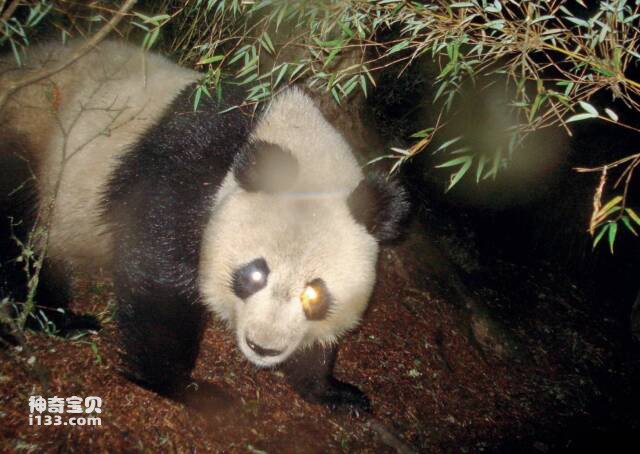According to literature, the scientific discovery of the panda was in 1869, and its discoverer and information disseminator was a naturalist. He is French priest Pierre Armand David.
Pierre Armand David was a Basque native of the French Pyrenees, born in 1826. He has loved nature, animals and plants since he was a child. When he grew up, he was keen on studying natural history, and was especially interested in the magical Eastern culture. He entered the Lazarists at the age of 22 and was ordained a priest in 1851. At the age of 26, he proposed to the French Franciscans to preach in China. He waited until the age of 36 to realize his dream of going to China.

In January 1865, the fourth year of Tongzhi's reign in the Qing Dynasty, David went to the southern suburbs of Beijing to investigate animals and plants. He happened to come to the Royal Hunting Garden and saw a strange-looking deer. People call it "four unlike a deer", that is, the horns are like a deer but not a deer, the hooves are like a cow but not an ox, the face is like a horse but not a horse, and the tail is like a donkey but not a donkey.
In April 1866, Father David bribed Nanyuan soldiers to obtain the skins of three "Four Unlikely Deers" and sent them to Paris. After identification by Alphonse Milne-Edwards, director of the Paris Museum of Natural History, it was discovered that this deer is not only a new species, but also a new genus. So it was named David Elk. The name in English is "Pere David's deer" and the name in Latin is (Elaphurus davidianus). The two methods have one meaning, which is to use the name of the species to commemorate its discoverer-David.
Father David's scientific discovery of the elk was only his first in his investigation of Chinese animals and plants. In the subsequent extraordinary adventure, what amazed David the most was the panda. His diary at the time recorded this:
On March 11, 1869, on our way back from an excursion, we were invited by a farmer named Li from Muping, Xikang (now Baoxing County, Sichuan Province) to have a rest at his home and were treated to refreshments. While drinking tea, I noticed that there was a long-preserved animal skin on the cabinet of the Li family. The fur color was black or white, and the bottom of the paws was hairy. It looked like a bear. This was a strange animal that I had never seen before.
On March 22, the hunter I hired came back today after going out for 10 days. He gave me a young black and white bear, but unfortunately he killed it to make it easier to carry. ...Another adult panda was received on April 1. Except for the dark limbs, shoulder straps, ears and eyes, the rest is all white. It is exactly the same as the animal skin I saw at Li's house. It must be another new species unknown to the scientific community.
Soon, David transported the collected black and white bear skins to Paris, France, which caused a strong sensation in the zoological community.
Since then, explorers and businessmen from the United States, Britain, and Germany have come one after another to inspect and hunt pandas in the mountainous areas of western China. In 1935, the United States organized a large team to go deep into the Wolong Panda Producing Area in Sichuan, captured and purchased 6 pandas and transported them back to the United States; in 1939, the London Zoo purchased 3 pandas from the Smith capture team, marking the first time in Chinese history The three dynasties were named respectively: Panda Tang and Tang, Panda Song and Song, and Panda Mingming.
In that era, pandas were able to travel across the ocean and Baoxing, Sichuan became a panda sanctuary, thanks to Father David’s information dissemination and love for pandas. Today, the panda craze sweeping the world cannot but be said to have a direct causal relationship with his scientific discovery of pandas 140 years ago.
animal tags:
We created this article in conjunction with AI technology, then made sure it was fact-checked and edited by a Animals Top editor.